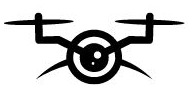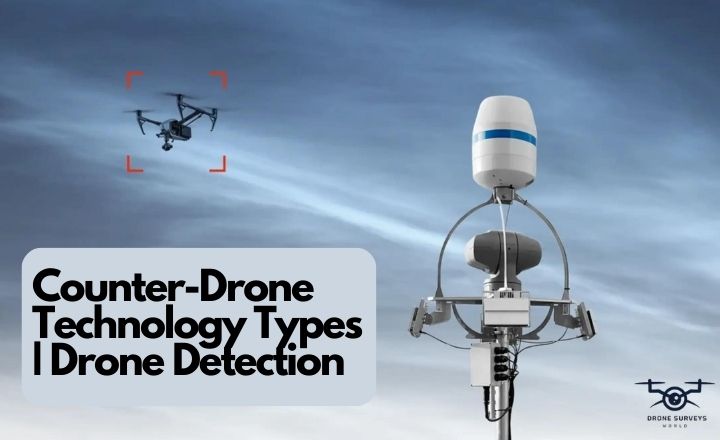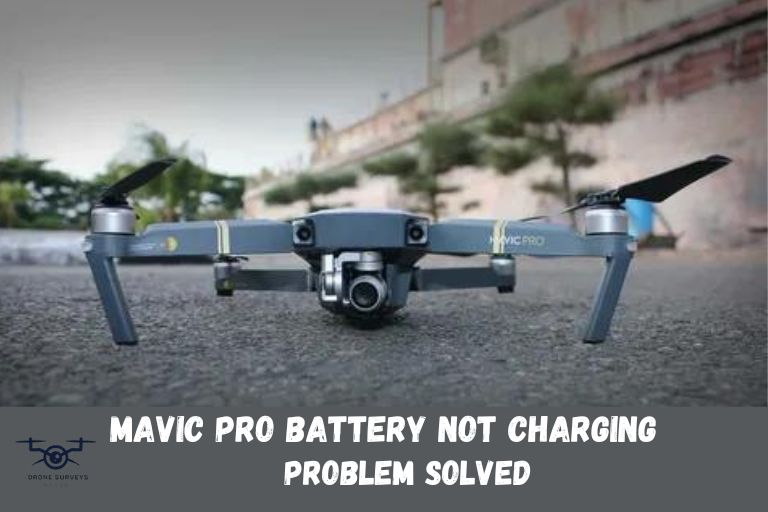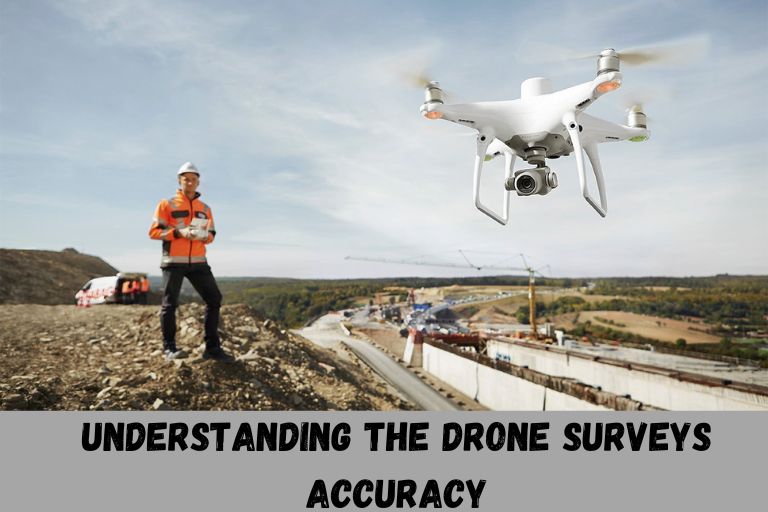Drones are popular in many industries like photography, agriculture, and security. But, their use raises concerns about privacy and safety. Counter-drone technology is important to detect and stop unauthorized drones. This technology includes radar systems and jamming devices. Let’s explore the different types of technology used to detect and prevent threats from rogue drones.
What Is Counter-Drone Technology?
Counter-drone technology refers to various systems and methods to track, detect, and mitigate the threat of unauthorized drones in restricted airspace.
counter drone technologies have become increasingly crucial as drones have become more affordable and accessible to individuals and groups with malicious intent.
Types
This technology has evolved rapidly in recent years, providing a range of solutions to combat the increasing threat posed by drones. Some types are defined below;
Radar
This technology revolutionizes how security measures are implemented to detect and neutralize unauthorized drones. Radar systems can effectively identify and track drones even in challenging environments by utilizing radio energy to detect objects in the airspace.
This sophisticated technology enables authorities to respond swiftly to threats posed by drones, providing a crucial defense against malicious activities.
High Power Microwave (HPM) Devices
It can disrupt electronic devices by generating an EMP. It creates high damaging voltage and current, which can destroy the electronic circuitry inside the drones. It reduces the potential collateral damage by using the antenna to focus the EMP in a specific direction.

Radio Frequency (RF) Analysers
It uses antennas to receive radio waves and a processor to analyze the RF spectrum. RF analyzers detect the radio communication between a drone and its controller. This is useful for the prosecution to prove that a particular drone and controller were active at a specific time and location.
Some systems can also triangulate the drone and its controller when using multiple radio units.
Cyber Takeover Systems
It identifies the drone’s serial number and locates the pilot’s position using AI by detecting radio frequency transmissions emitted by drones.
They can send a signal to take control and safely guide the drone to a secure place in case of any threat.
Optical Sensors
These sensors are designed to collect information from the visible spectrum, allowing us to see and document our surroundings in various ways.
It can manage light at multiple wavelengths to detect drones night and day. With advancements in processing power in the form of AI-powered detection algorithms, these cameras have improved resolution.
Nets and Net G_un’s
It uses the net to stop the drones by prohibiting the rotor blades. It involves three main methods;
- Use net cannons that can be held by hand, launched from the shoulder, or mounted on the ground. These cannons can shoot nets from 20m to 300m away. They can be used with or without a parachute to safely bring the captured drone down.
- Shoot a net cannon from a drone to catch a rogue drone that is far away. This can be difficult if the rogue drone is moving. A parachute is usually used to bring the captured drone down safely.
- Use a net-carrying drone to catch the rogue drone. The friendly drone moves towards the rogue drone with a hanging net to capture it. The net-carrying drone can then bring the captured drone to safety or release it, with or without a parachute, if it is too heavy to carry.

GPS Spoofers
Replacing the communication signal sends a new signal to the target drone. This way, it spoofs drones, making them think they are elsewhere. They can control the direction in which the drone moves. This helps guide the drone to a safe place.
But there is a chance of causing problems for other systems, not just the drone. Because of these risks, GPS spoofers are primarily used in the military to stop drones and are not often used by civilians.
Acoustic Sensors (Microphones)
This type of counter UAS technology identifies the drone’s sound and tells its direction using a microphone or microphone array. Rough triangulation uses multiple microphone arrays.
High-Energy Lasers
It is a high-powered optical device that produces a highly focused beam of light, or laser beam. It can destroy the drone.
Radio Frequency Jammers
A large amount of RF energy is transmitted to the drone by masking the controller signal. The drone can do one of four things:
- Land where it is.
- Go back home.
- Fall to the ground.
- Or fly away randomly.

Are counter-drone measures legal?
When it comes to implementing counter drone measures, there is a complex legal landscape that varies from country to country. Drones have brought numerous benefits, they also present security and privacy risks that have led to the development of various countermeasures.
The legality of drone countermeasures is often a point of contention. Many countries require specific permissions or licenses for using counter-drone technologies to ensure they do not infringe upon existing laws and regulations.
Wrapping Up
The fast progress of drone technology requires good ways to stop drones. Drone detection systems are important for safety in different industries. Knowing the types of counter-drone technology helps organizations protect their airspace. To stay safe from rogue drones, it is important to invest in reliable drone detection technology. Both public and private sectors should focus on strong counter-drone measures to prevent unauthorized drone activities and reduce risks.
Frequency Asked Questions
Can the Anti Drone Drone be Used for Recreational Purposes?
No, the anti drone technology is specifically designed for counter-drone security measures.
Are there Portable or Mobile options for Counter Unmanned Aircraft System Solutions?
Yes, there are portable and mobile C-UAS solutions available that can be deployed quickly in various locations as needed.
How Accurate are Drone Detection Systems in Detecting Unauthorized Drones?
The accuracy of drone detection systems varies depending on the type and quality of the technology used, but they can be highly effective in identifying unauthorized drones.





